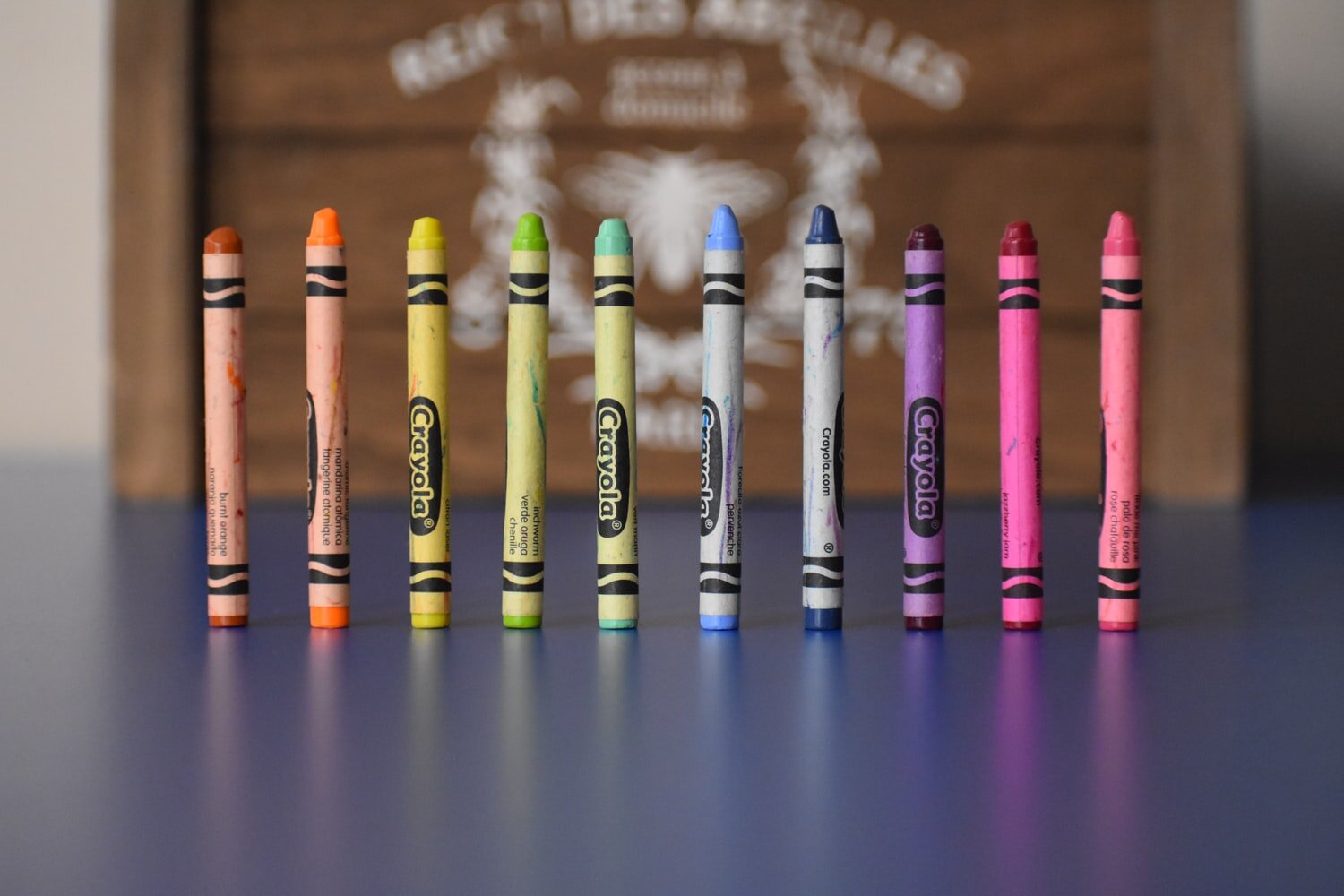5 Mindfulness Activities for Helping your Child Focus (That Don’t Involve Yelling “Pay Attention”)
“Pay attention”. You probably heard that at least once (maybe once every ten minutes) when you were in school. And our young people today hear it just as often. “Paying attention” can sometimes begin to feel like a chore or punishment for children (not to mention us as adults) and so today we’re introducing 5 simple and sometimes even fun ways to help your child focus so that “Pay attention” becomes less of a demand and more of a call to mindfulness.
Here we go…
Breathing Is The Foundation
Attention to breath is the foundation of many people’s mindfulness practices. And while you can probably explain it with ease to a teen or young adult, some children need more instruction to get the most out of the experience.
Some children benefit from practicing belly breathing where they place a hand (or their favorite stuffed animal) on their stomach as they lay down. Then they can be instructed to watch their belly (or stuffed buddy) rise and fall. From there you can work with them to count their breaths and then perhaps move to belly breathing where they sit up and focus on their inhale and exhale that way.
Try Singing Bowls Or Other Noise Creators
Whether you use an app with sound you can control or an actual singing bowl, playing a “game” with your child where you tap the bowl or play a sound and ask them to raise their hand when they hear the sound end, can help them focus on an auditory cue. Tuning them in to their environment in this way can help their ability to attend to important auditory cues. This will benefit them in the classroom and beyond.
Help Children Identify Subtle Sensations
In a world that is constantly feeding us stimulation, focusing on our bodies can be a challenge. I this activity you can encourage a child to sit with their feet on the floor or stand beside their desk. Ask them to feel the sensation of their feet on the ground, in their shoes, in their socks… and so on. Then ask them to place their hands on a desk, chair arm, or other surfaces nearby. Ask them to focus on how their hands feel on that surface (Cold on the desktop, soft on the sofa arm…). If you have the ability to let them take their shoes off, feel free to try this exercise that way too. And who doesn’t love a shoe-free moment from time to time?
Guide Them To Focus O Sensations One At A Time
There are so many variations of this mindful practice but we’ll just touch on one today.
Begin by asking a child to use each of their senses to identify one thing they observe. Perhaps it’s the vanilla smell of a candle burning in the kitchen or the sound of passing cars outside the classroom window. Ask them to focus on that one thing for a while (as the adult you’ll know 5-7 seconds might be a good time if you’re just starting out you can start smaller too!) allowing them to describe what they’re focusing on as they do.
Leading a child to focus on only one piece of stimuli can help them build focus for things like homework later on.
Bonus: Sometimes children like to pretend to be superheroes with superpowers (Okay, some adults do too…)so we can play into that here if you’d like.
Bring It Back
Our attention tends to wander. Some of us more than others, of course. But the same is naturally true of our children. One fun way to help your child train themselves to notice when their attention wanders is to teach them a fun phrase to say to themselves when it does.
Ask your child to identify times when they have a “hard time paying attention” or when their “mind wanders”. If they can’t identify them, offer an example and ask again. Another good way to help them find these situations is to watch them for signs that they’ve mentally ``checked out” and ask them how they’re feeling in those moments.
Once you know when they might feel challenged in paying attention, offer them a fun phrase like “Bring it Back” to say when they feel their attention wander. Tell them they can use it to bring their attention back to what they need to focus on or to their breathing if they need to hit “reset”
Classroom teachers can use this or a similar phrase and make it part of your day to have moments to take a break and “Bring It Back” to breath work or another mindful practice.
Teaching a child to identify when they’re distracted is a higher level process and is time-contingent meaning that there are some times when it’s okay for our minds to wander. If you’re giving a child a creative task, play time, or a few minutes to brainstorm, you probably don’t need to “Bring It Back” because creativity may be stifled at that moment. Use your judgment and take your time in introducing this topic of redirection to your child.
Let’s Connect!
Have you tried something from this blog?
Want to share your awesomeness with us?
You can visit our Instagram or share your photo with us on your own account by using the hashtag #FoodForThoughtByTheSea
We can’t wait to hear all about it!
Support Our Mission
If you’ve loved these suggestions and want to support Food For Thought’s mission, you can donate here.
Thank you for being so generous!

